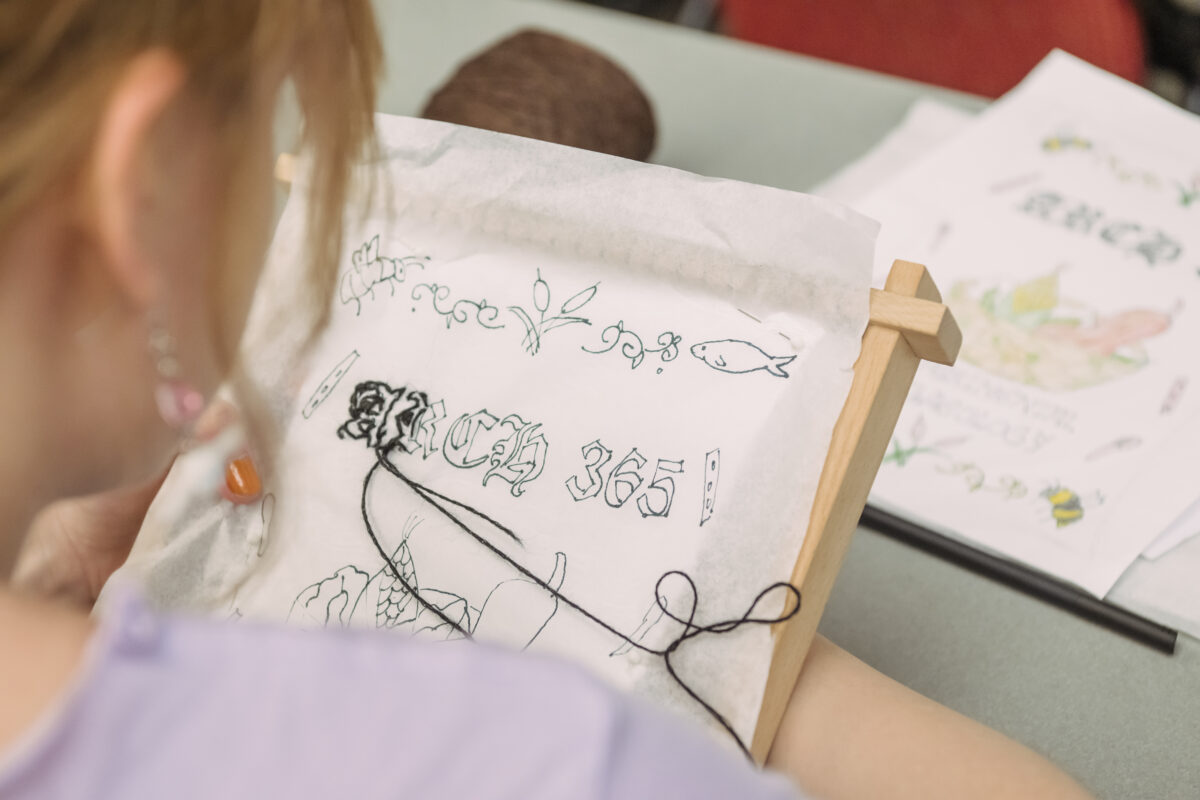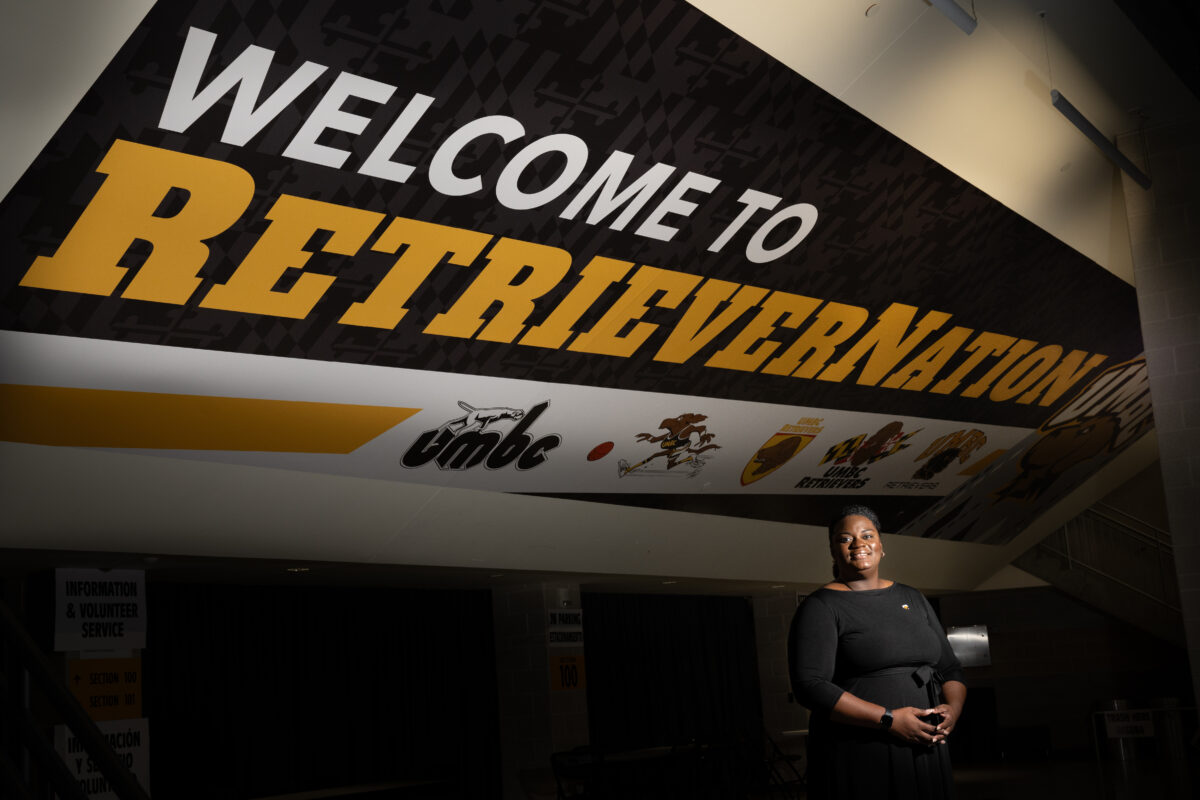Want to get a sense of the changes at UMBC over its four decades of existence? Map it out.
In 2010, the firm Ayers Saint Gross created a brand new map of the UMBC campus (right) that will replace the university’s current maps over the next few months.
The creation of a new campus map is a good occasion to take a look back at how UMBC mapped itself out in its earliest days. The campus map below was created in 1970, when UMBC had a total of 13 buildings and a half-finished loop.
We’ve also noted a few other differences.”
Picture Captions from Left to Right: “[1] A former asylum for the criminally insane, the Hillcrest Building was used as an administration building from the earliest days of UMBC. It also housed a student bar called the Ratskeller. It was demolished in 2007.”
“[2] On the 1970 map, a body of water simply labeled ‘Lake’ is now known as ‘Pig Pen Pond’ – a nod to UMBC’s roots as a large farm. It is a key part of the Conservation and Environmental Research Areas (CERA) and is linked to campus with a new footpath.”
“[3] Erikson Hall was completed in 2000. It houses University Health Services and the Shriver Center’s Living/Learning Floor.”
“[4] UMBC’s South Campus became part of the university in 1996. It houses bwtech@UMBC South, home of UMBC’s Training Center and Technology Center as well as other business incubators and accelerators – many with an emphasis on biotechnology.”
Map Captions from Left to Right: “The road that will be known as Hilltop Circle is unfinished in 1970. Construction on its completion will begin in 1975.”
“Some notable UMBC buildings are just on the horizon in the map, labeled as ‘(under contr).’ And these are a cluster that will include Administration Building, the Retriever Activities Center and what is now Sondheim Hall.”
“The Dining Hall (‘True Grits’) and Susquehanna Hall are already on the map, but even Chesapeake Hall is still in the construction phase.”
“UMBC’s Stadium was added in 1976, and a dedicated facility for soccer followed in 1998. The latter facility has a Bermuda grass playing surface and state-of-the-art drainage and irrigation system.



